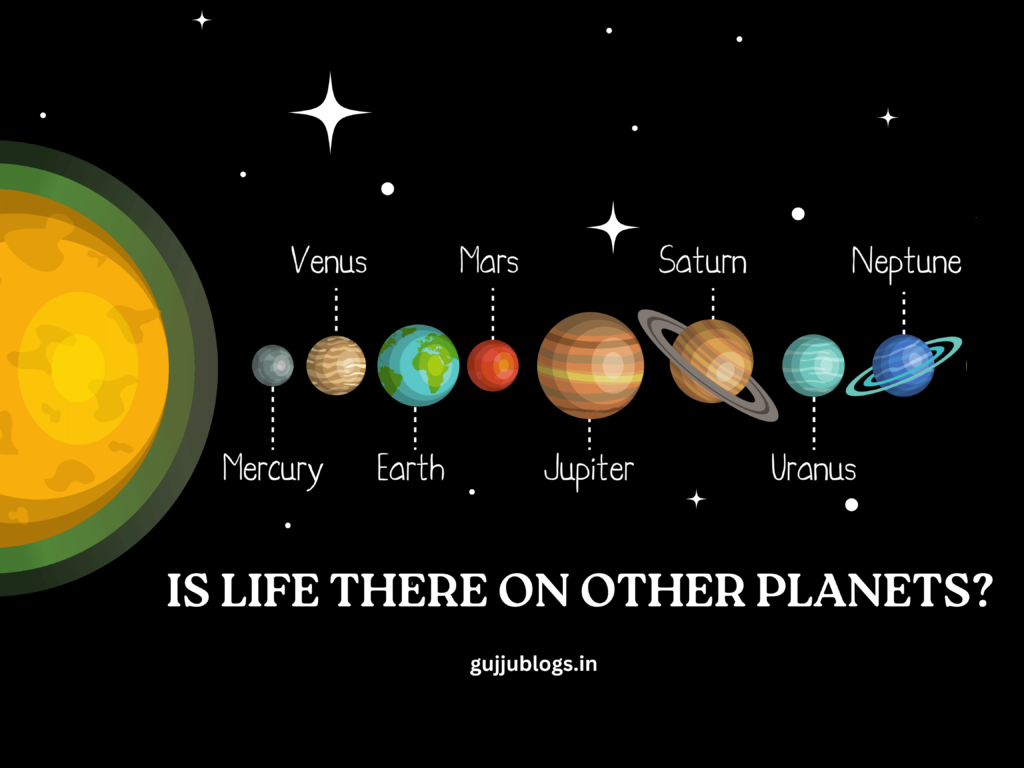Is Earth the only planet on which life exists? How would we recognize life on other planets if it looked utterly different from anything we have ever seen? A team of American scientists has created a machine learning-based system that can find evidence of life 90% of the time.
A major advancement is the creation of new AI techniques to look for life on distant planets. By enabling us to swiftly evaluate enormous volumes of data and uncover patterns. That may be too subtle for human eyes to perceive. AI has the potential to completely transform the way we search for life.
Instead of specifically searching for green aliens with protruding eyeballs. The AI system instead searches for chemical biosignatures. They are considerably more subtle indications that life may have originated on another planet.

At the Goldschmidt Geochemistry Conference in Lyon in July of this year, they presented their research to academics. When other scientists agreed with what they heard, they made the decision to publish the information in the PNAS journal. Later on green light was recovered as they reviewed it before publication.
One of the most promising applications of AI in the search for life is in the analysis of data. It can be done by using telescopes and other space probes. AI can be used to search for biosignatures, which are molecules or other signs that could indicate the presence of life. AI can also be used to identify planets that are most likely to be habitable, and to prioritize future missions to explore these planets.
Execution of The “life test”
The researchers examined 135 different carbon-rich materials using pyrolysis gas-chromatography mass spectrometry methods (GCMS). These samples came from many sources, including living cells, samples that had aged, fossil fuels. They had undergone geological processing, carbon-rich meteorites, and organic mixtures that had been synthesized in a lab.
Process of executing the test
The materials were first heated in an oxygen-free setting, a procedure known as pyrolysis. The samples degraded as a result of this. The mixture was then broken down into its constituent parts and identified using a GCMS, which was used to analyze the samples.
Then, using the three-dimensional data (time, intensity, and mass) from each sample as training or testing data, they applied some machine-learning techniques to train models. This model’s accuracy was found to be more than 90% after being tested on samples.
Why is this study interesting?
According to one of the well-known people, this work has very fascinating and important consequences. To determine whether ancient samples from Earth and Mars were once alive. We can first use these techniques on such samples. This is crucial for determining whether life existed on Mars, but it can also be used to analyze extremely old materials from Earth to determine the beginning of life.
This implies that biochemistry and non-biological chemistry are fundamentally distinct from one another. This implies that if we discover life elsewhere, we will be able to determine whether life on Earth and other planets has a similar ancestor or not.
Conclusion
In conclusion, the development of new AI methods to search for life on other planets is an exciting and promising development. AI has the potential to revolutionize the way we look for life beyond Earth, and to lead to major discoveries in the coming years.
